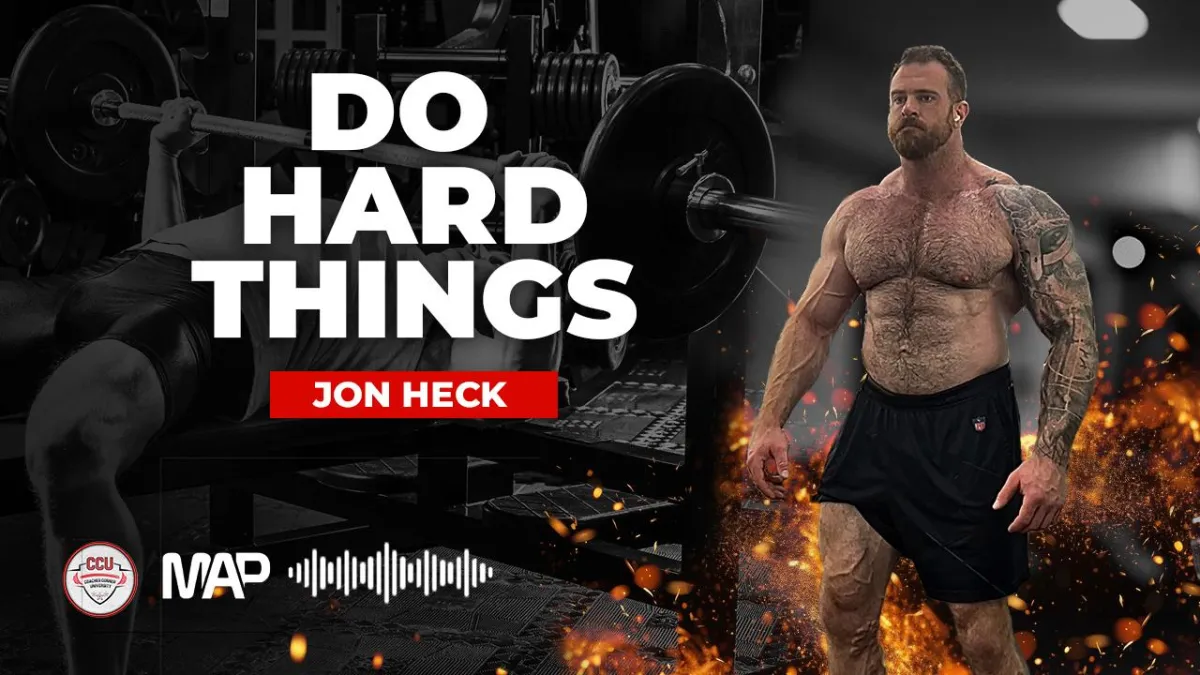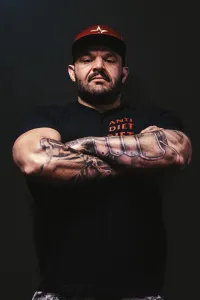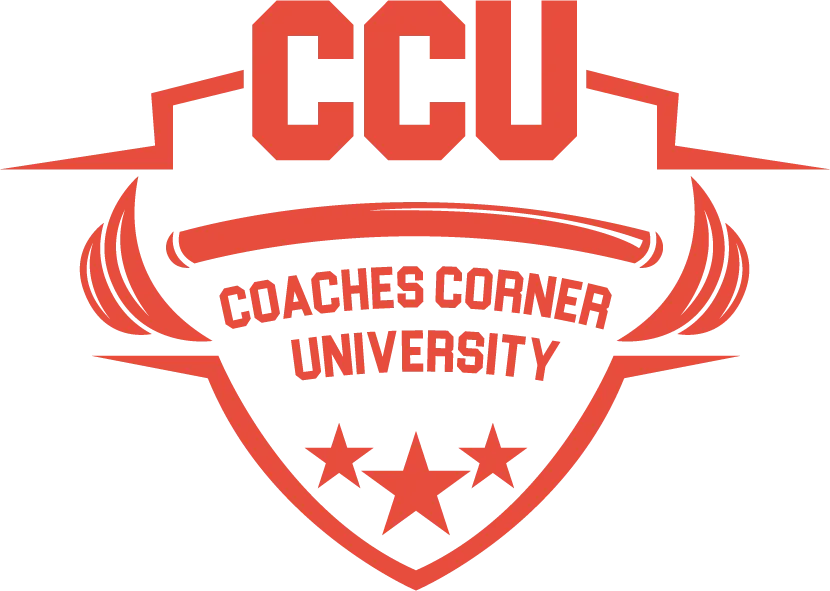Discover The Latest Blogs
Stay updated with Our Informative Blog Posts

CCU Podcast - Do Hard Things with Jon Heck
Do Hard Things
This week, I sat down with Jon Heck, Owner of Hammer and Chisel Performance. Jon played football at the University of North Carolina, where he was a 4-year starter and a 2x All-ACC selection at offensive tackle for the Tar Heels.
He graduated with a degree in Exercise Sport Science, and immediately received certifications as a nutritionist and strength and conditioning coach. He began his career as a strength and conditioning coach. He spent nearly a decade working in football strength and conditioning at the NFL and Division-1 college level and in the private sector at a combine prep facility. He competed at a high level in powerlifting and strongman and has always been passionate about strength sports in general.
A big part of his educational background is in nutrition, and that has been a significant component of his coaching in football and the private sector.
Based on Jon’s remarkable transition from institutional football coaching to building a seven-figure remote coaching business, here are the critical insights every strength and conditioning professional needs to implement.
10 Key Takeaways from Do Hard Things
Execute Strategic Career Transition Planning, Not Impulsive Exits
Jon ran his coaching business as a profitable side operation for six years before making the full-time leap. This wasn't luck—it was strategic preparation. He built consistent revenue streams, developed systems during low-pressure periods, and only transitioned when his side business generated equivalent income with significantly less time investment. The lesson is clear: prepare thoroughly before you leap.
Leverage Physical Credibility While Demonstrating Intellectual Depth
Jon's 6'7", 300-pound physique opens doors, but his articulate communication and evidence-based approach converts prospects into long-term clients. Your physical transformation and athletic achievements serve as your initial credibility anchor, but you must immediately follow with technical depth. Combat the "dumb meathead" stereotype through consistent educational content that showcases both strength and knowledge.
Master the Dual-Content Strategy: Attraction vs. Conversion
Jon identified a crucial distinction most coaches miss: content that builds followers differs fundamentally from content that generates clients. Attraction content includes shock value physique shots, impressive lifting demonstrations, and entertaining takes that evoke emotional reactions. Conversion content focuses on client transformations, technical explanations, and methodology breakdowns. You need both, but understand their different purposes.
Build Diversified Revenue Architecture From Day One
Jon's business model demonstrates the power of multiple income streams, reducing risk while increasing scalability. Start with high-ticket 1:1 coaching as your foundation, then layer in group programs, digital products, sponsorships, and eventually consulting work. Each layer supports and amplifies the others while reducing dependence on any single revenue source.
Prioritize Integrity-Based Client Relationships Over Transaction Volume
Jon's approach to client selection and relationship management shows how quality trumps quantity in sustainable business building. Customize your communication style based on individual client psychology, understand the power dynamic in coaching relationships, and focus on long-term client success over short-term revenue extraction. Your reputation is your most valuable asset.
Apply Calculated Risk Management in Career Transitions
Jon's transition timing—new baby, third team in three years, established side income—shows how apparent "risky" moves can be strategically sound. Establish your financial floor, prove market demand through existing clients, ensure personal support systems are aligned, and maintain relationships that allow potential re-entry. Sometimes the "safe" institutional job becomes the higher-risk choice.
Maximize Network Effects Through Strategic Collaboration
Jon's breakthrough moment came from a single collaboration video with "barefoot sprinter"—15,000 followers and 100+ coaching inquiries overnight. Identify content creators in adjacent spaces, offer value before asking for reciprocal promotion, and create content showcasing both parties' strengths. Attend industry events not just for learning, but for relationship building and cross-promotional opportunities.
Implement Strategic Pricing Evolution as Market Position Strengthens
Jon's pricing strategy demonstrates how to scale revenue without necessarily scaling volume—the key to lifestyle optimization. Start with market entry pricing to build testimonials and systems, then gradually increase rates as demand grows and your reputation develops. Higher-paying clients often demonstrate greater commitment and generate better results, creating a positive feedback loop.
Maintain Performance Credibility Through Continued Competition
Jon continues training hard and competing despite business success—this isn't vanity, it's business strategy. Continue personal training at high intensity, document your own challenges, compete periodically to maintain credibility, and use your training as real-time education for clients. You cannot effectively coach others to do what you're unwilling to do yourself.
Build Legacy-Focused Business Architecture Over Pure Profit Maximization
Jon's focus on long-term reputation and impact over immediate financial gain demonstrates mature business thinking that actually accelerates sustainable growth. Consistently over-deliver on client promises, share knowledge freely to elevate the profession, maintain integrity even when shortcuts are available, and make decisions based on 10-year reputation impact. When peers and competitors respect your work despite competitive dynamics, you've built something lasting.
The strength and conditioning field offers unprecedented opportunities for professionals willing to combine technical expertise with business acumen. Jon Heck's journey proves that with systematic planning, authentic positioning, and commitment to excellence, institutional coaches can build thriving independent practices that provide both financial freedom and meaningful impact. The key is treating your transition as a strategic evolution, not a desperate escape.
Find Jon:
Website - hammerchiselperformance.com
IG - @what_the_heck71
YouTube - @JonHeckPerformance
Find the podcast:

Coaches Corner PhD




